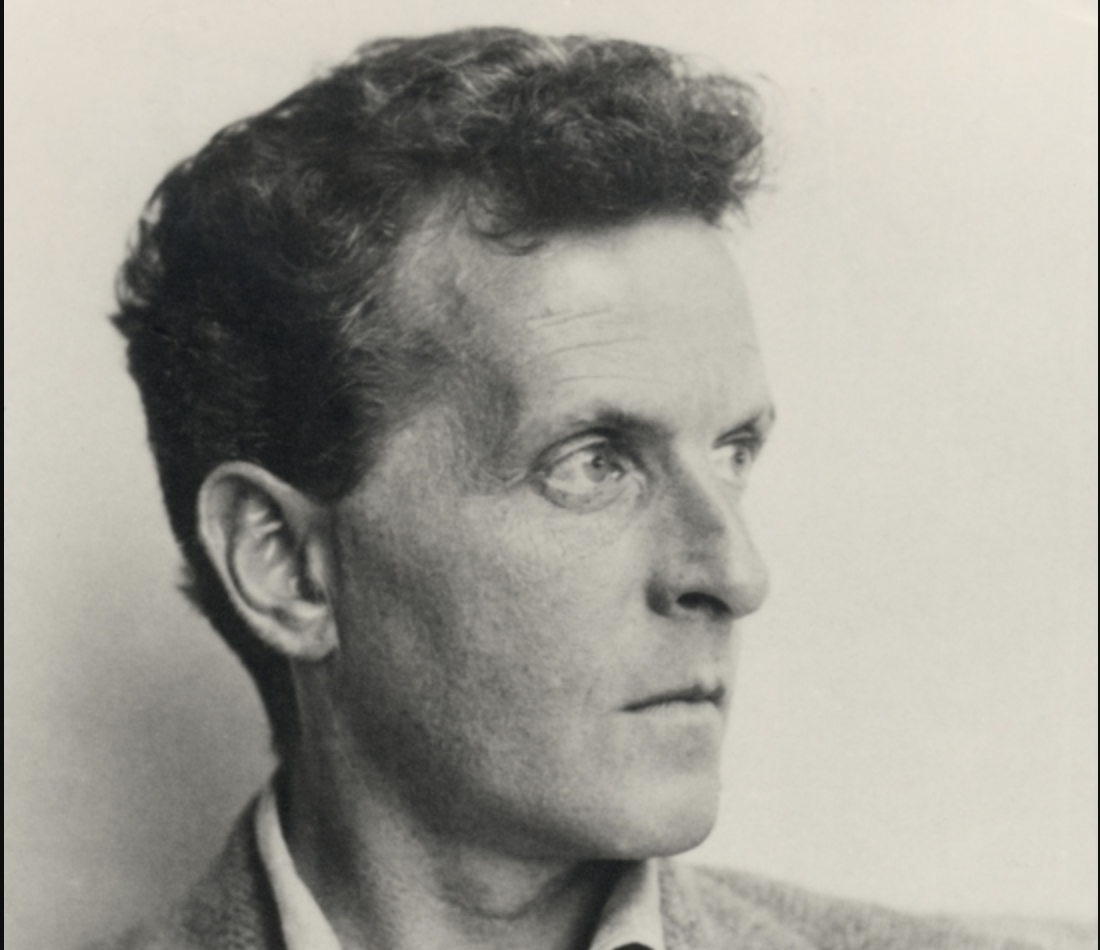Just what, exactly, is Roxy Music? Those encountering the band for the first time when their self-titled debut came out in 1972 had questions. Were these 50s R&B throwbacks? Ziggy Stardust/Slade/T‑Rex like glam rockers? Experimental art-rock-retro-futurists dressed like a Stax funk band on acid? Yes, yes, yes, and then some. The album, “at once postmodern, strange, sensual and thrilling,” writes Chicago Tribune’s Greg Kot, “mapped out a new frontier, even as bands like the Rolling Stones and Led Zeppelin dominated the rock landscape.”
In the very same year that Bowie’s Ziggy landed to re-make rock in its image, Brian Ferry and his virtuoso band—including standouts Phil Manzanera on guitar and Brian Eno on synths, tape effects, and various “treatments”—prefigured a somehow even sexier, weirder, funkier, more disturbing future for pop, charting the territory for bands like Duran Duran, the Cars, Eurythmics, Pulp, and too many more to name. Roxy Music was so effortlessly original that once Bowie exhausted his space alien phase, he turned to Ferry and Eno for inspiration.
Like Bowie, Roxy Music favored saxophones, courtesy of Andy Mackay, who also played… the oboe? Manzanera’s psychedelic flights were reminiscent of The Doors’ Robby Krieger, with a Latin American flavor from his early days playing revolutionary Cuban folk songs. Paul Thompson’s rhythmic pounding and smooth, country-ish grooves improbably married Moe Tucker and Kenny Buttrey.
Graham Simpson played the bass with “an exuberant rush,” writes Kot. “They were specialists in their field,” remarks Ferry,” who himself drew from the rockers every British child of the 50s loved, but was also obsessed with Charlie Parker, Lester Young, Billie Holliday, Kurt Weill, the Beats, T.S. Eliot, Fred Astaire, and Cole Porter.
And Eno? “With his deep interest in experimental music,” says Ferry, Eno turned raunchy retro-fusion rock ‘n’ roll into soundtracks for spaceships, his synth lines swooping wildly and burbling ominously behind Ferry’s quavering melisma. “Those textures,” the singer recalled recently, “the synth sounds were washes, colours, textures, mood enhancers, and so on.” Arriving fully-formed in 1972, they “sounded as if they had just beamed down from outer space and brought along the music of the spheres,” Dangerous Minds’ Paul Gallagher writes. “Roxy Music was the sound of the future—but we just didn’t realize it then. Roxy was so overwhelmingly new. No one knew what to think.”
“Try to imagine,” writes Gallagher, “how insane this TV footage looked” at the time. Imagine tuning in to Top of the Pops and catching them playing their debut single “Virginia Plain” (top), a song “named after a packet of cigarettes.” (Read about how they recorded those motorcycle sounds.) Imagine seeing Mackay dressed like a Flash Gordon villain, playing oboe over Eno’s sci-fi synth washes in the intro to “Ladytron” on the Old Grey Whistle Test, or seeing the band confidently stomp through “Re-make/Re-model,” “Ladytron,” and “Grey Lagoons,” on the BBC’s Full House, further up.
In that later 1972 live televised performance, Roxy Music was already delivering the sound of its future with “Grey Lagoons” from the following year’s brilliant For Your Pleasure, the final album to feature Eno, who would go on to even stranger things in his solo work. Now imagine you happened to tune in to The Old Grey Whistle Test in ’73 just in time to catch that album’s “In Every Dream Home a Heartache,” a warbly, sinister, Ballardian love song written for a blow-up doll.
Related Content:
The Brian Eno Discography: Stream 29 Hours of Recordings by the Master of Ambient Music
The Story of Ziggy Stardust: How David Bowie Created the Character that Made Him Famous
Meet the World’s Worst Orchestra, the Portsmouth Sinfonia, Featuring Brian Eno
Josh Jones is a writer and musician based in Durham, NC. Follow him at @jdmagness



